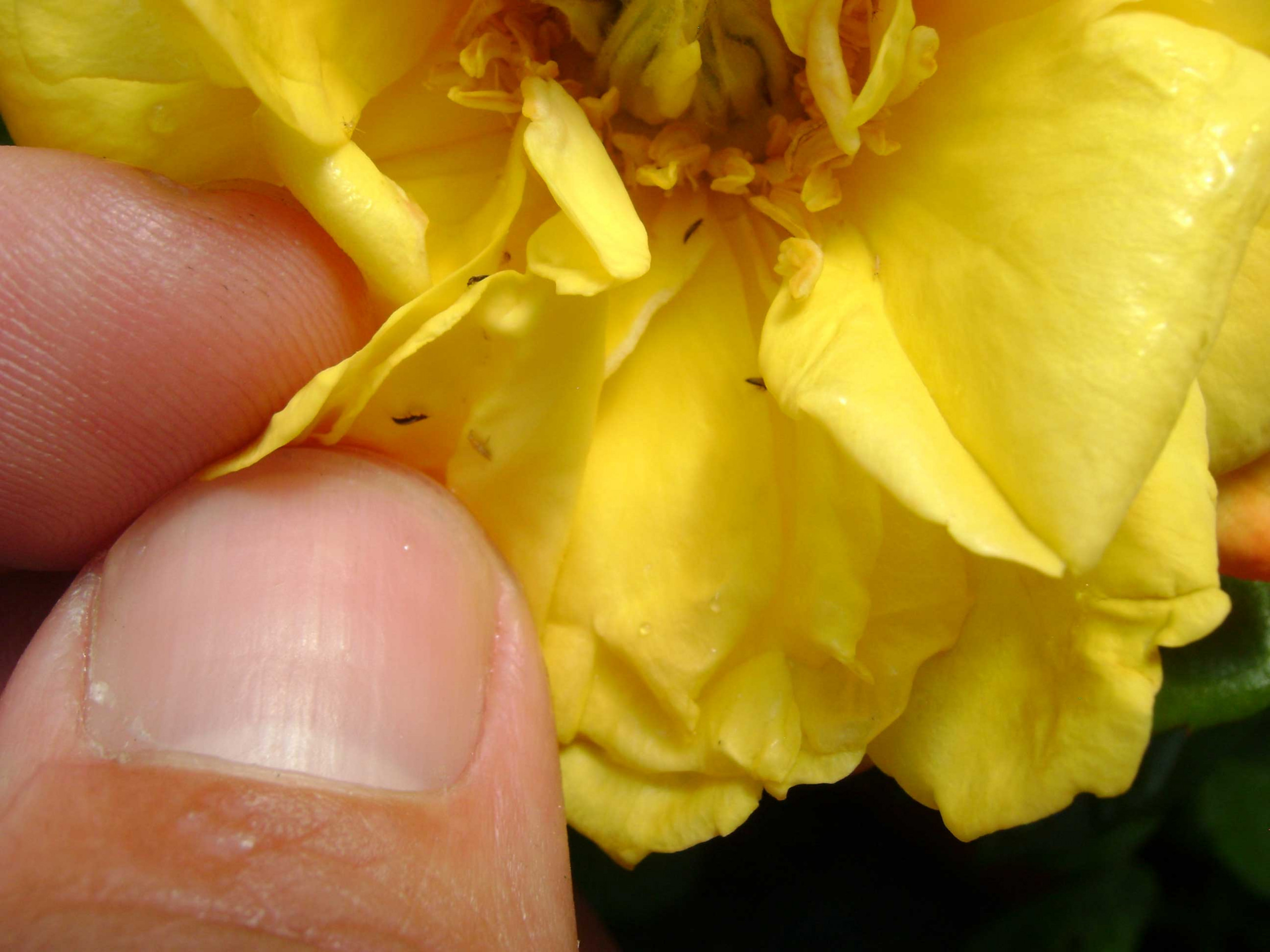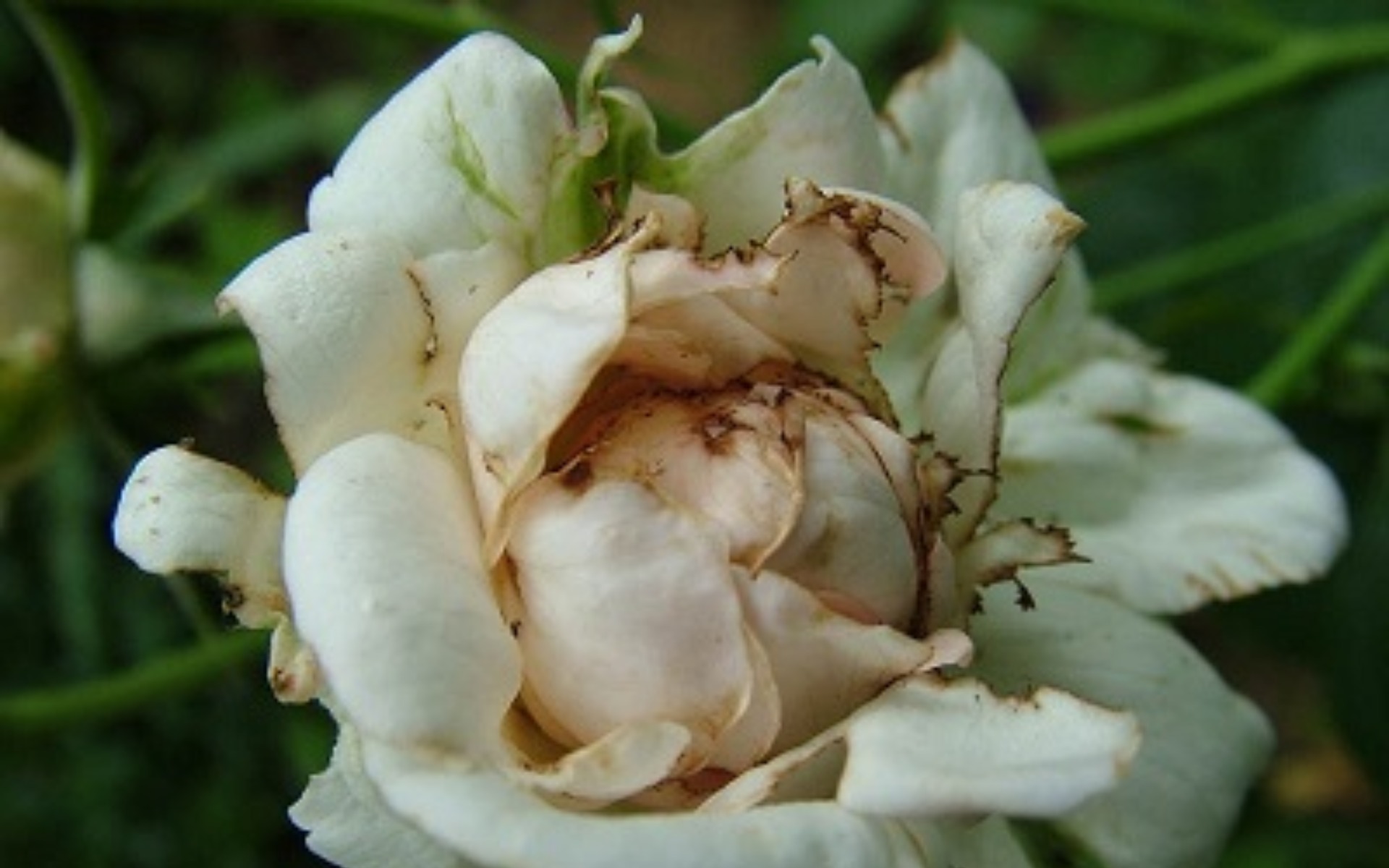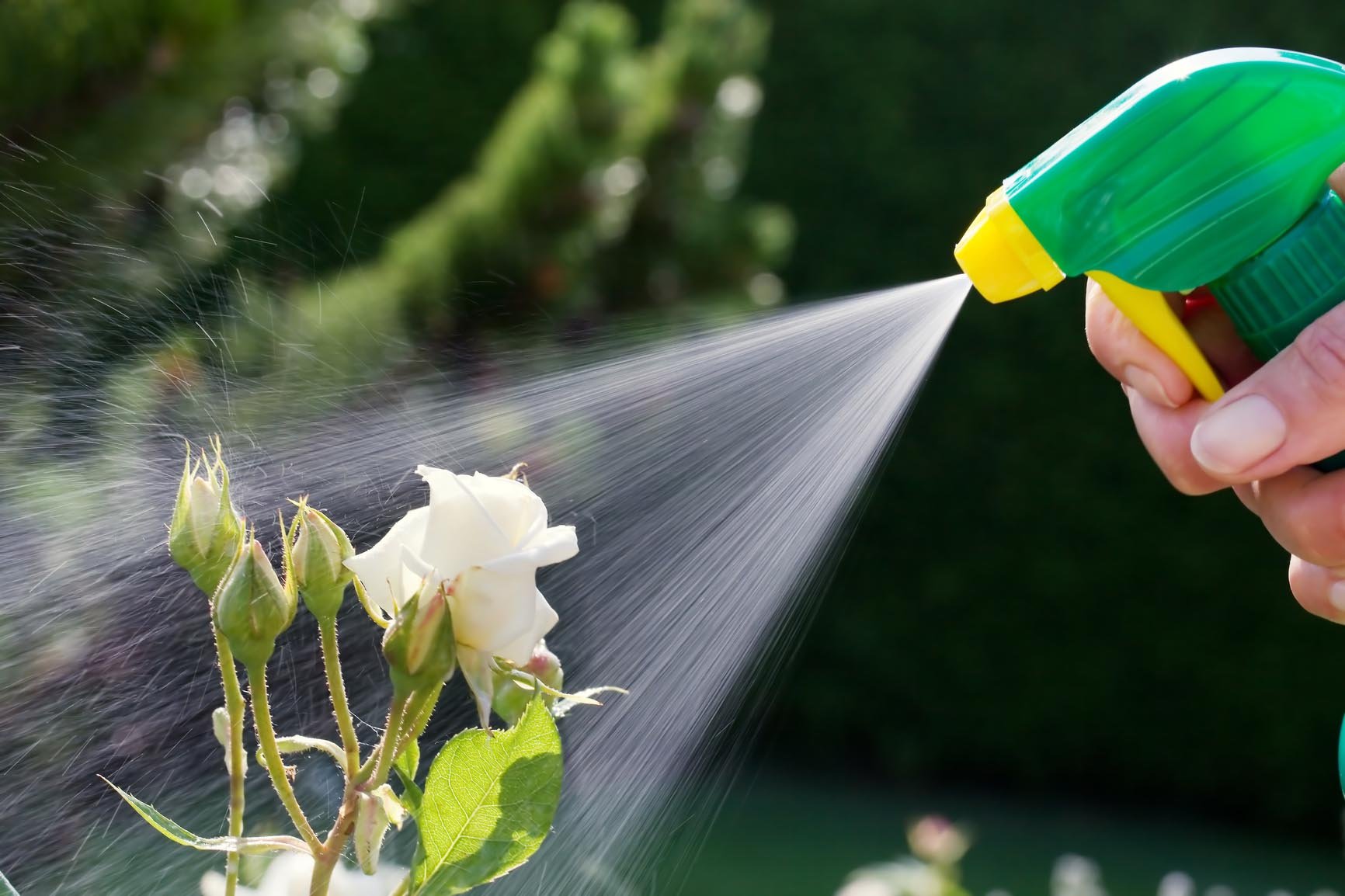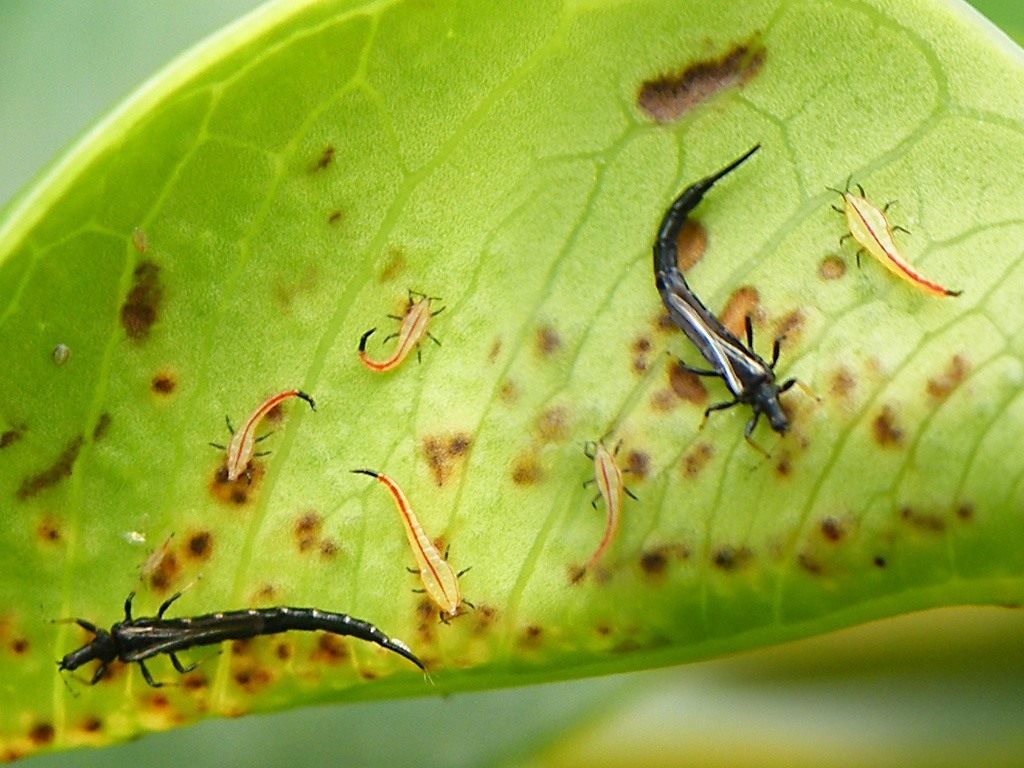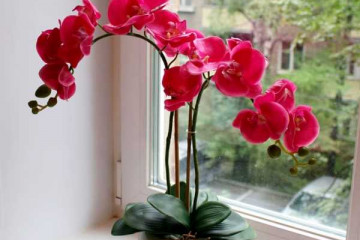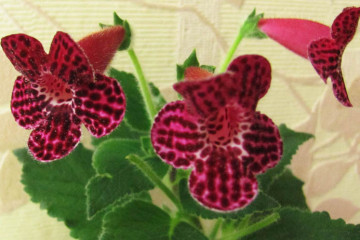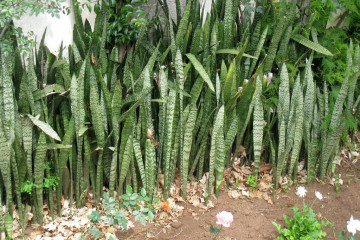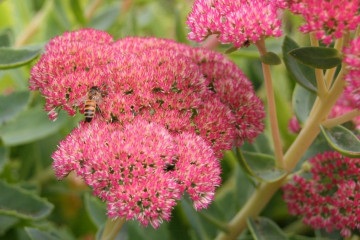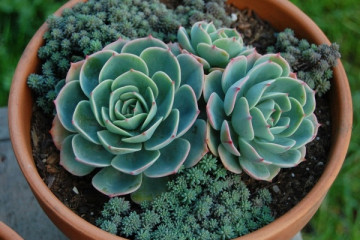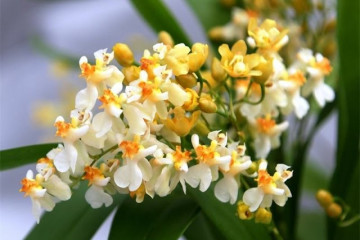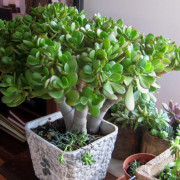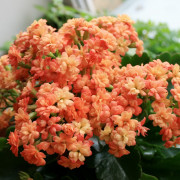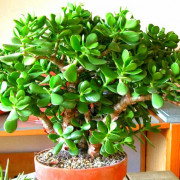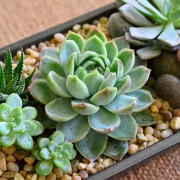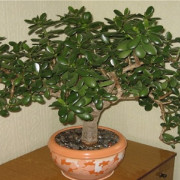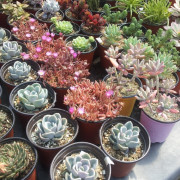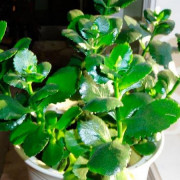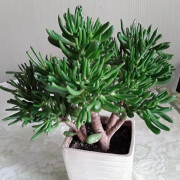Aptenia - care and reproduction of a flower
Content:
Aptenia flower is an evergreen plant with unusual brightly colored petals. Such flowers are unpretentious to care for, which is why they are popular among flower growers. However, despite the simplicity of cultivation, before planting an aptenia, it is necessary to familiarize yourself in more detail with its main features and recommendations for caring for it.
Short description
Aptenia is a succulent with rather large and fleshy green leaves. A distinctive feature of such a flower is that it is able to withstand many adversities. The plant is able to quickly adapt to almost any natural conditions, is resistant to low temperatures and droughts.
This type of plant blooms in late spring or in the first half of summer. During flowering, flowers appear at the tips of the lateral shoots. Most often they are pinkish, sometimes they have a red tint.
Popular types
Before you start planting, you need to familiarize yourself with the most popular varieties of the aptenia plant.
Heart-leaved
This species is considered one of the most beautiful and unusual. The bushes of the heart-leaved variety have thin shoots on which small heart-shaped leaves grow. The leaves are rather small, their length does not exceed two and a half centimeters. Inflorescences are also small, formed in the upper part of the shoots. They can be painted in the following colors:
- purple;
- red;
- pink;
- lilac.
Heart-leaved aptenias are ideal for planting in compact pots, as their height rarely exceeds 15-20 centimeters.
Variegated
Aptenia variegated is a tall perennial plant that can be grown both indoors and outdoors. With proper care, a variegat can grow up to one meter in height.
Like other flower varieties, these varieties have fleshy and compacted stems with large leaves. Most often they are colored bright green. However, sometimes light green-yellow spots can be seen on their surface.
Among the features of variegated aptenia, its long flowering can be distinguished. This species blooms from mid-April to the first half of October.
Aptenia: care and reproduction
Every person who is going to grow such a flower should become familiar with how to properly care for it.
Illumination and temperature conditions
Athenia, like most other flowers, is very fond of light. That is why the room in which it will be grown must be well lit. In winter, the room needs to be equipped with additional lighting fixtures. They should be installed at a distance of 40-50 centimeters from the plants. In summer, flower pots should be taken out into the fresh air for 4-5 hours.
They also carefully monitor the temperature in rooms with aptenia. Temperature readings should be in the range of 20-25 degrees above zero.In winter, the temperature can drop to 10-12 degrees.
Watering and humidity
During home care, the aptenia should be watered moderately. It is recommended to moisten the soil only after it is completely dry. On hot summer days, watering is carried out more often, 2-3 times a week. In winter, the soil dries out slowly and therefore they are irrigated 2 times every ten days.
When growing this flower, it is necessary to monitor the level of humidity in the air. It should not be waterlogged, as high humidity contributes to the development of some diseases. Therefore, it is recommended to regularly ventilate the room in which the aptenia pots are located.
Top dressing and soil quality
It is necessary to grow a flower in a pre-prepared soil. To prepare the soil mixture, the following components are added in equal amounts:
- peat;
- black soil;
- coarse sand;
- turf.
You need to feed the flower every month. To fertilize the plant, feed for succulents and cacti are suitable. In winter, it is not necessary to fertilize aptenia, since in winter it does not need micronutrients.
Flower container size
The container for growing Aptenia should be fairly spacious so that the root system has enough room for normal growth. It is recommended to plant such a flower in a pot 15-20 centimeters high. In this case, the selected pot must be equipped with a high-quality drainage system so that liquid does not stagnate in it after watering.
Pruning and replanting
This flower needs to be pruned periodically for normal bush formation. It is better to prune in the autumn, when the plant stops blooming. You only need to cut off shoots without inflorescences. You also need to cut branches with yellow and dried foliage.
Aptenia transplantation should be done in the spring, before flowering. You can understand that a plant needs a transplant by its root system. The roots begin to crawl out to the surface of the soil, as they become cramped in the pot.
To transplant flowers, they must be carefully removed from the old pot and carefully planted in a new one.
Breeding methods
There are two main methods of reproduction of aptenia, which are popular with flower growers:
- Seeds. Some novice gardeners do not know what to do with Aptenia seed bolls. They are needed to grow younger flower bushes. The seed boxes are cut from the flower immediately after flowering. Then seeds are extracted from them, which are used for planting.
- Cuttings. This method helps to grow flower bushes faster. Cuttings are cut in autumn, after which they are germinated and rooted in winter. For planting, you can use only healthy cuttings, without signs of disease development.
Pests and diseases
Certain problems can arise when growing aptenia. Most often they are associated with diseases and pests. Among the common diseases that flowers can suffer from are:
- Root rot. A disease in which the root system begins to rot. This leads to the death of plants.
- Powdery mildew. The foliage of diseased flowers is covered with a white or grayish bloom. It is impossible to cure the bushes from powdery mildew and therefore they will have to be dug up and burned.
- Rust. A common ailment in which the surface of the foliage is covered with orange spots.
Pests rarely attack aptenia. However, sometimes the flower can be affected by aphids, spider mites or weevils. In this case, buy insecticides and use according to the manufacturer's instructions.
Aptenia is an unusual perennial plant that is often grown by flower growers.Before you start breeding such a flower, you need to familiarize yourself with information about its varieties and the features of caring for them.
